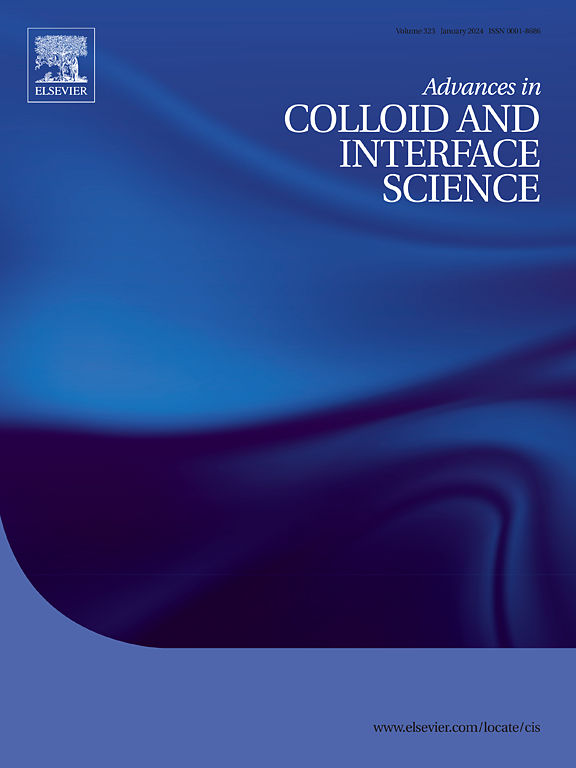调节亲和/排斥水平抑制锂硫电池中锂多硫化物的穿梭效应
IF 19.3
1区 化学
Q1 CHEMISTRY, PHYSICAL
引用次数: 0
摘要
随着长途汽车的发展,对高能量密度和价格合理的储能设备的需求也在增长。由于其高能量密度,锂硫电池是下一代储能系统的主要竞争者之一。然而,溶剂型锂多硫化物带来的穿梭效应阻碍了使用醚电解质的广泛使用的锂硫电池的商业化。锂多硫化物在电解液中的溶解、扩散以及与锂金属阳极的寄生反应导致了穿梭效应。通过抑制上述三个过程,可以成功地抑制穿梭效应。调节材料-多硫化物相互作用是抑制穿梭效应的关键策略。在这里,材料与锂多硫化物之间的相互作用被归类为亲和或排斥相互作用。我们深入讨论了这些相互作用如何催化多硫化物转化、抑制扩散和降低溶解度。本文还介绍了利用亲和/斥力相互作用来抵消穿梭效应的方法和问题的总体结果和观点。本文章由计算机程序翻译,如有差异,请以英文原文为准。

Modulating affinity/repulsion levels for suppressing shuttle effect of lithium polysulfides in lithium-sulfur batteries
The demand for high energy density and reasonably priced energy storage devices is growing as long-distance vehicles evolve. Due to their high energy density, lithium‑sulfur batteries are one of the top contenders for next-generation energy storage systems. However, the shuttle effect brought on by solvent lithium polysulfides prevents the commercialization of the widely used lithium‑sulfur batteries utilizing ether electrolytes. The shuttle effect is brought on by the dissolution of lithium polysulfides in the electrolyte, diffusion, and parasitic reactions with the lithium metal anode. The shuttle effect can be successfully suppressed by inhibiting the aforementioned three processes. Modulating material-polysulfide interactions is a key strategy for suppressing the shuttle effect. Herein, the interactions between the materials and the lithium polysulfides are categorized here as affinity or repulsion interactions. We discuss in depth how these interactions catalyze polysulfide conversion, inhibit diffusion, and reduce solubility. The overall results and viewpoints on the methods and issues of affinity/repulsion interactions to counteract the shuttle effect is also presented.
求助全文
通过发布文献求助,成功后即可免费获取论文全文。
去求助
来源期刊
CiteScore
28.50
自引率
2.60%
发文量
175
审稿时长
31 days
期刊介绍:
"Advances in Colloid and Interface Science" is an international journal that focuses on experimental and theoretical developments in interfacial and colloidal phenomena. The journal covers a wide range of disciplines including biology, chemistry, physics, and technology.
The journal accepts review articles on any topic within the scope of colloid and interface science. These articles should provide an in-depth analysis of the subject matter, offering a critical review of the current state of the field. The author's informed opinion on the topic should also be included. The manuscript should compare and contrast ideas found in the reviewed literature and address the limitations of these ideas.
Typically, the articles published in this journal are written by recognized experts in the field.

 求助内容:
求助内容: 应助结果提醒方式:
应助结果提醒方式:


